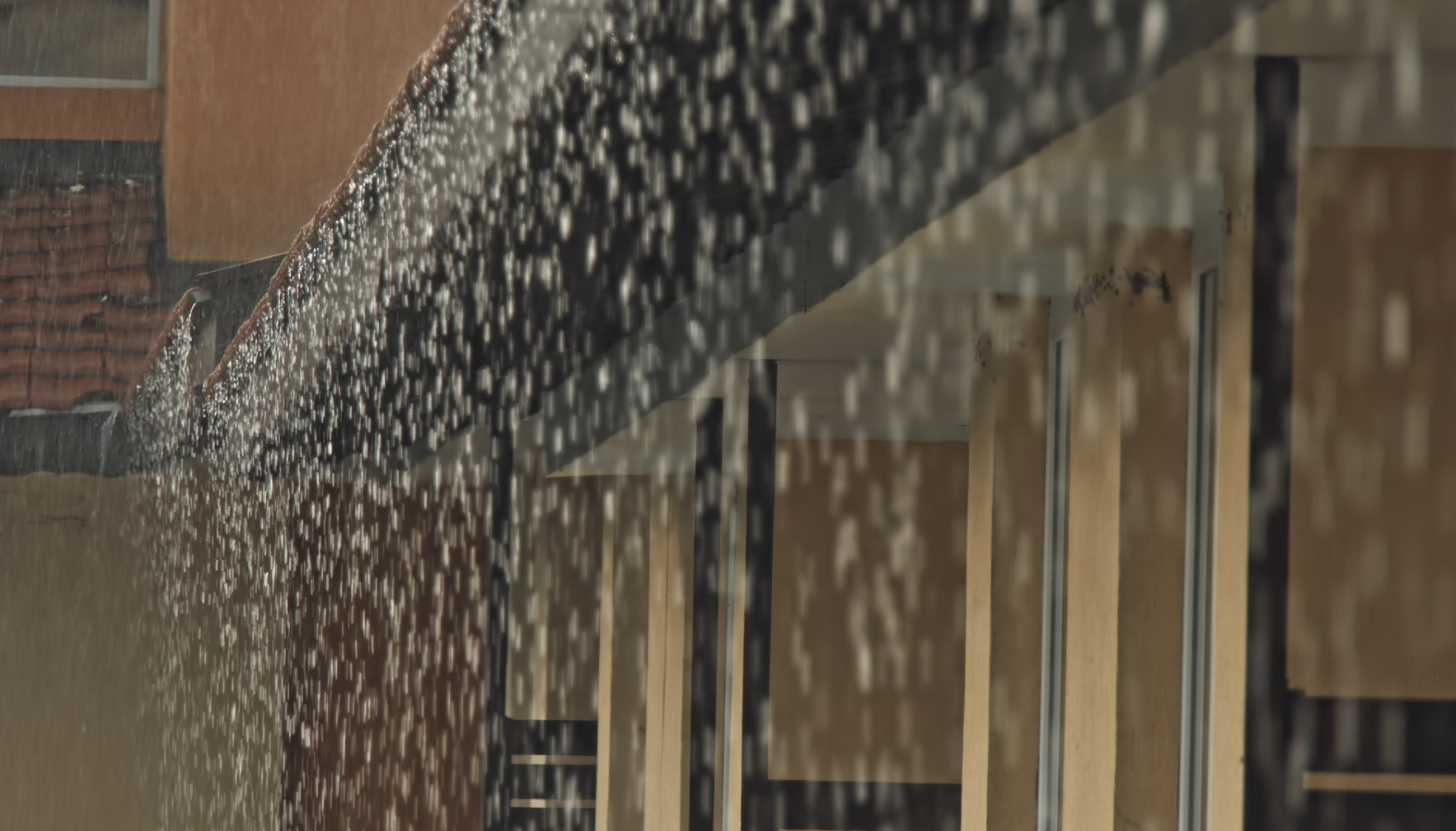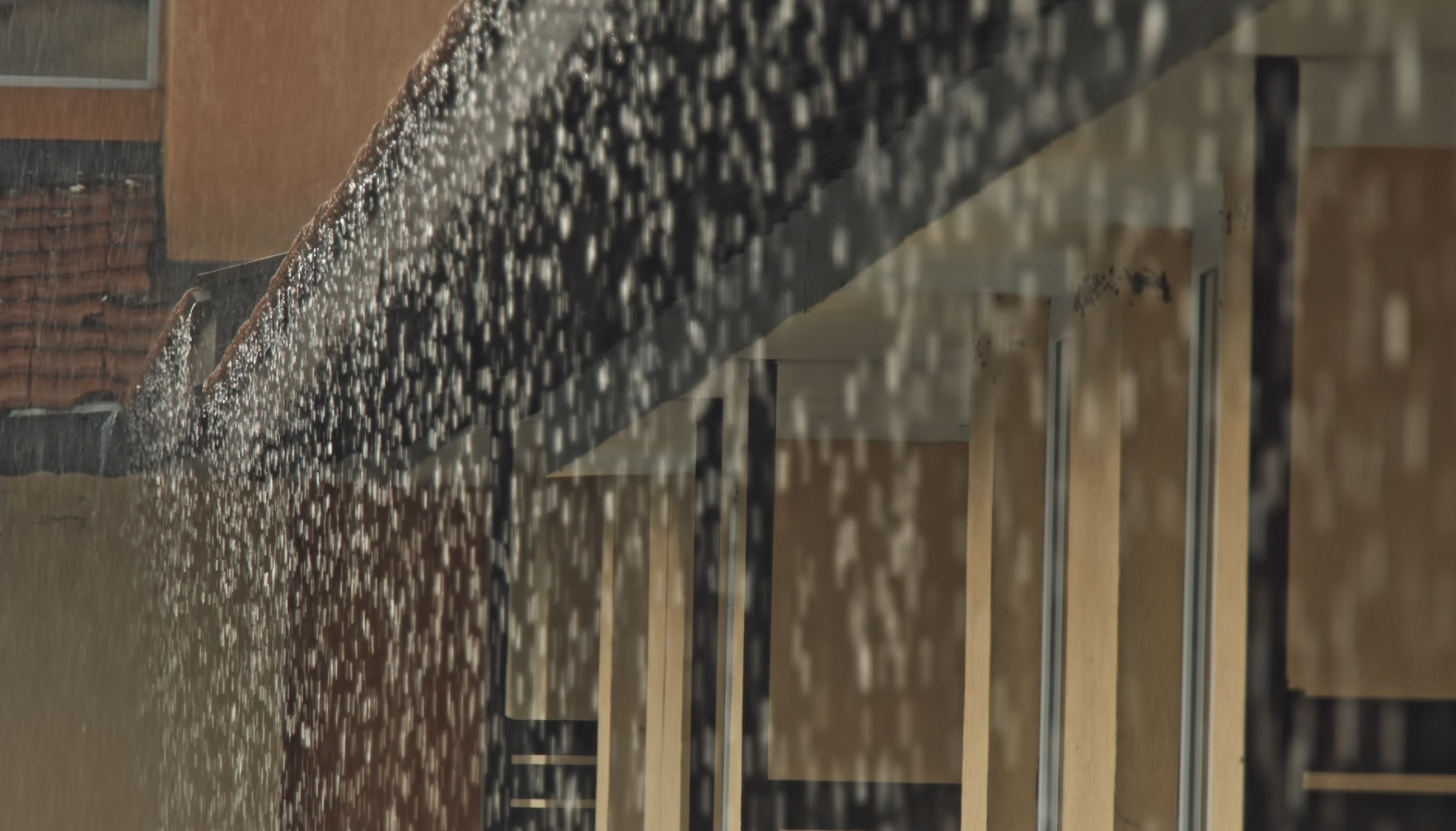Let's Bust some Common Rainwater Harvesting Myths
Posted on March 21 2025,

Rainwater harvesting is something we believe in strongly at YardFarmer. We operate out of Salt Lake City, Utah, which is in one of the driest regions in the United States. We also have several certified rainwater harvesting specialists on staff, and try to encourage our clients to adapt rainwater harvesting into their landscape designs. But, try as we might, one thing comes up almost every time we suggest it:
"Isn't rainwater harvesting illegal?"

It's easy to understand why people believe that there is some law out there that prohibits collecting the rain that falls on their property. Up until recently, there was a lot of ambiguity surrounding the issue. On a Federal level, rainwater harvesting has never been illegal, but on a state level there have been challenges. Some of those challenges prompted many states, including Utah, to pass bills officially legalizing the process, but with some restrictions.
Here in Utah, for instance, rainwater harvesting has been officially legal since 2010, but with a cap of 2,500 gallons that you can collect. That is an awful lot of 55 gallon rain barrels, especially if you compare that with Colorado, which only allows for 110 gallons total!
This practice of collecting rainwater in containers is referred to as active rainwater harvesting. It's a decent tool that you can add to your sustainable landscaping toolkit, but there is a far more efficient way to put rainwater to use!
Passive Rainwater Harvesting to the Rescue!
When you utilize active rainwater harvesting, you are using barrels or other containers to capture rain from your downspouts. This is all well and good, but even a half inch of rain on a 500 square foot roof is going to fill those containers up pretty quickly! You'll end up with overflow, and that water will just spill out of your barrels and absorb into the ground.
Passive rainwater harvesting uses a system of basins and swales to help slow and direct the water that falls on your property, as well as the water coming off of your roof. Those basins and swales will be able to direct the water to areas of your landscape that will benefit from more water, and slow down the absorption of that water as well.

The best part? Since you aren't capturing that water and holding it in any way, there are NO restrictions on this practice. That water will ultimately be absorbed into the ground just like it would if it just poured out of your downspout. So the water that falls on your property can be put to work in the way you want, and no one is going to come and tell you to stop!
The simplest way to put passive rainwater harvesting to work is by digging a circular, six inch deep trench around a tree. When it rains, water around your landscape will pool into that ring, which will then fill up and then slowly absorb into the soil, directing water to your tree's roots.
You can dig swales into your yard that direct the flow of water from your downspouts to trees or grasses that need more water. You can also use those swales to help move rainwater away from the foundation of your house, which can help minimize flooding for homes that are more prone to it.
The best systems combine both passive AND active rainwater harvesting, allowing you to direct the rain where you would like, but still capturing some in barrels or cisterns to use during dryer periods. This could be as easy as directing overflow from a rain barrel with a hose to your swales and basins, but still having that full barrel to tap in to when things dry up!

Using Native Plants as part of Your Rainwater Harvesting System
Native plants are naturally adapted to the precipitation and weather norms in your region. While we have certainly seen some fluctuations in our environment from the changing climate, those native plants are still our best bet when it comes to sustainable landscaping. Plus, native wildlife and pollinators prefer them to imported, non-native plants!
Native plants are incredible in a passive rainwater harvesting plan. Thirstier native plants placed in our swales and basins will root in and help slow down the absorption of water, which will help keep the ground around those basins nice and moist. Other less thirsty native plants can be planted around the basins, and will benefit from the higher amount of moisture that will be found in the soil.

Ultimately, rainwater harvesting is a fantastic way to utilize a natural resource and reduce our reliance on municipal water sources. This, in turn, will save us money when we tap into the free water that lands on our property!
There is a lot of information to absorb when it comes to rainwater harvesting, which is why YardFarmer is hosting a webinar that will go into this amazing sustainable practice in depth. If you are interested in attending, you can find registration information at this link.


